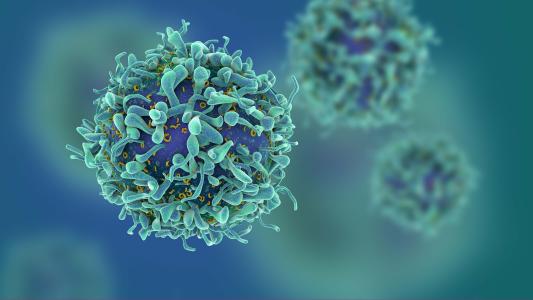Researchers in the U.K. recently reviewed two dozen studies involving more than 10,000 coronavirus patients admitted to ICUs in North America, Europe, and Asia.
From this data, they determined that COVID-19 mortality rates in ICUs at the end of March were nearly 60%. By the end of May, they had dropped to less than 42% — a decrease of about a third.
“There were no significant effects of geographical location, but reported ICU mortality fell over time,” researcher Tim Cook said in a news release.
But if severe cases of COVID-19 are no longer as likely to be fatal as they were just a few months ago, why might that be?
COVID-19 Mortality Rates
There are several possible explanations for the declining COVID-19 mortality rates.
One is that doctors are simply getting better at treating the disease.
In March, doctors weren’t sure how to treat severe COVID-19 cases. By May, however, they were starting to learn — through both published studies and word-of-mouth — that certain drugs and therapies appeared to be more effective than others.
If a COVID-19 patient’s blood oxygen level was alarmingly low, for example, doctors knew that blood thinners had successfully raised them in studies.
They also knew that if a patient was having troubling breathing, putting them on an invasive ventilator shouldn’t be the first resort — sometimes, simply rolling the patient onto their stomach or delivering oxygen through a nasal cannula could help.
A more selective use of ventilators alone could be partially responsible for declining COVID-19 mortality rates — the machines can save lives, but they can also damage organs, push the virus deeper into the lungs, and lead to life-threatening secondary infections.
“We’re generally learning to recognize who needs to be intubated and who doesn’t,” Leora Horwitz, an associate professor of population health and medicine at NYU Langone Health, told the Washington Post. “We’re avoiding intubation where we can.”
Americans Surviving the Coronavirus
In the U.S., COVID-19 mortality rates aren’t only declining amongst ICU patients, they’re falling in general — on May 16, the nation’s case fatality rate was 6.1%, and now, it’s down to 3.9%
That apparent increase in patients’ chance of surviving the coronavirus may be related to doctors’ improved ability to treat the disease, but there are other possible explanations.
One theory is that the surge in new COVID-19 cases in the U.S. hasn’t had time to translate into a surge in deaths — that might come later. But another key factor is the declining age of COVID-19 patients: a few months ago, the average patient was about 15 years older than patients today, and younger people are less likely to succumb to the virus.
Another possibility is that testing is simply catching a larger share of cases now. In March, the U.S. averaged just 35,000 tests a day, with over 18% of tests coming back positive, compared to over 680,000 a day so far in July, with just 8.4% positive.
Despite a recent uptick in the positive rate, it appears that we are picking up a larger share of cases this time, making the fatality rate appear lower than in the first wave.
A few fringe theories include the possibility that summer heat is making the virus somewhat less potent; that masks and social distancing are decreasing the size of the viral load that is infecting people; and that the virus might be mutating in a way that makes it less deadly.
While it’s still too soon to say for sure what might be causing the falling COVID-19 mortality rates among patients in or out of the ICU, the news that something appears to be helping is encouraging.
We’d love to hear from you! If you have a comment about this article or if you have a tip for a future Freethink story, please email us at [email protected].






